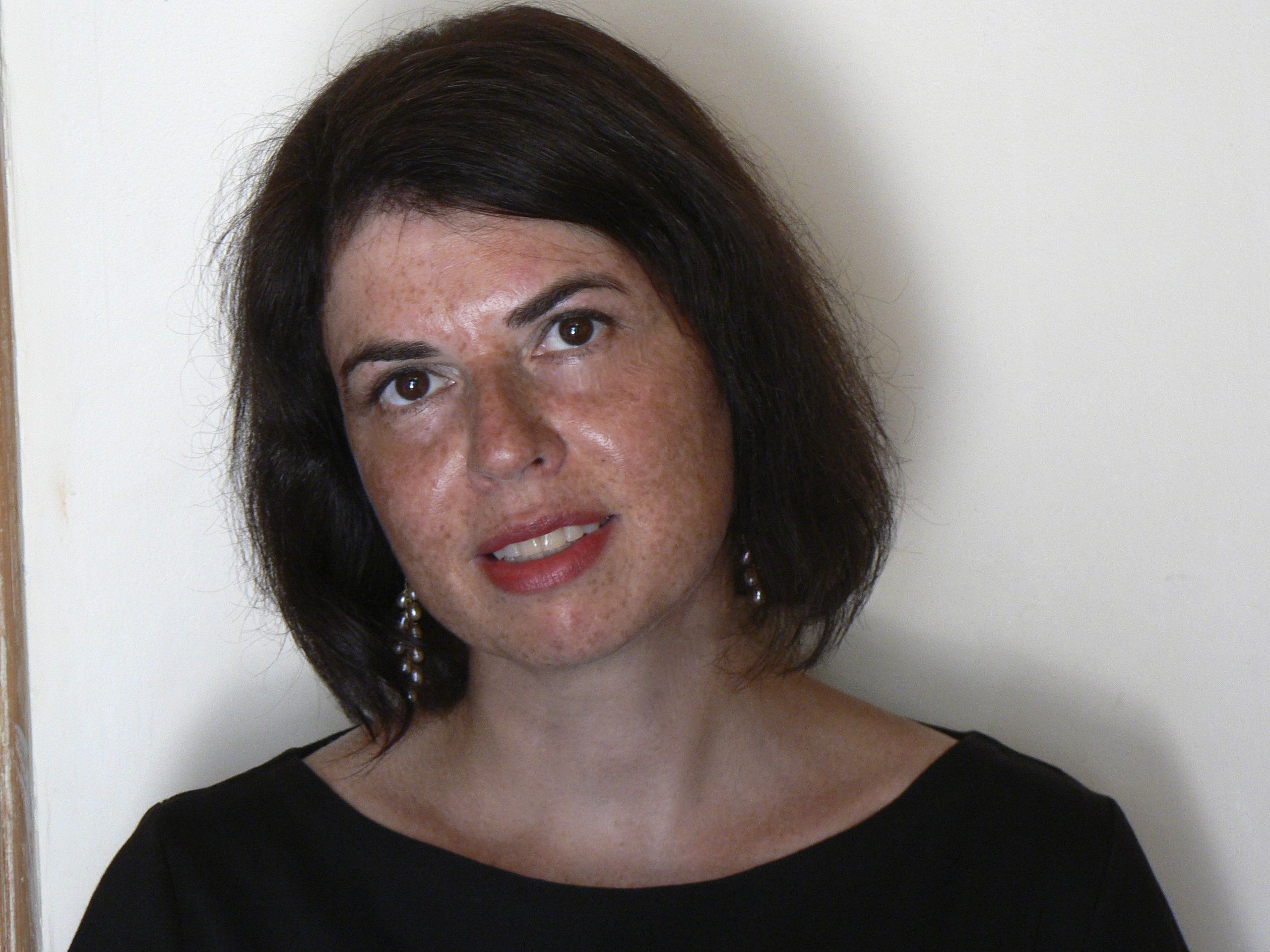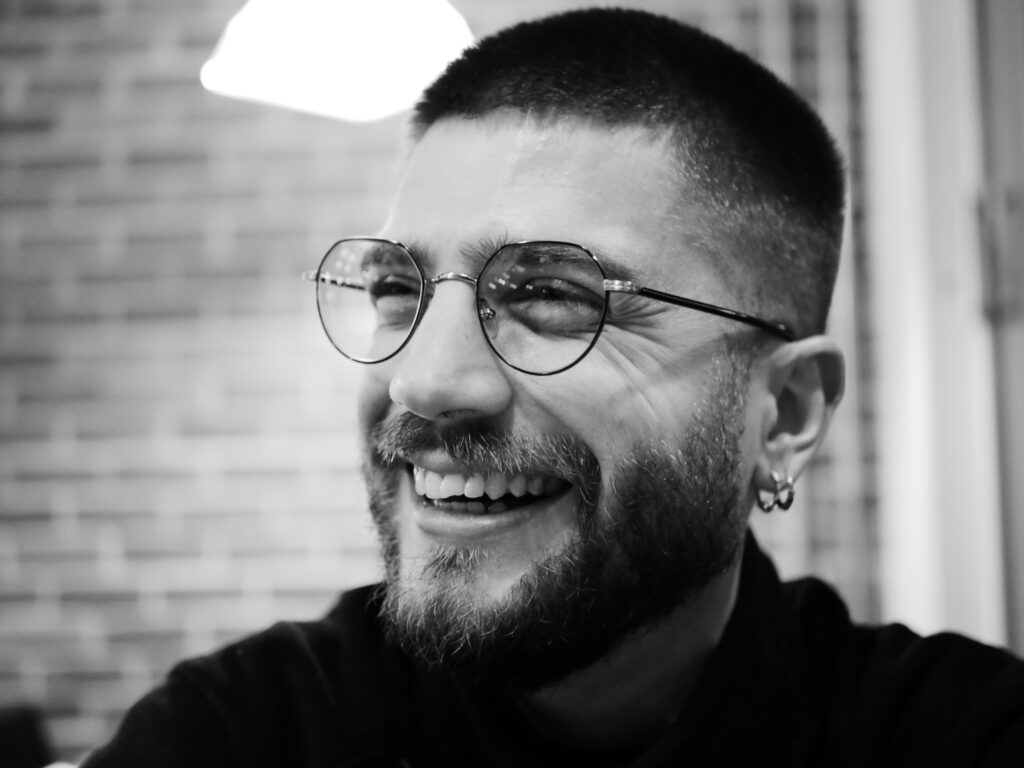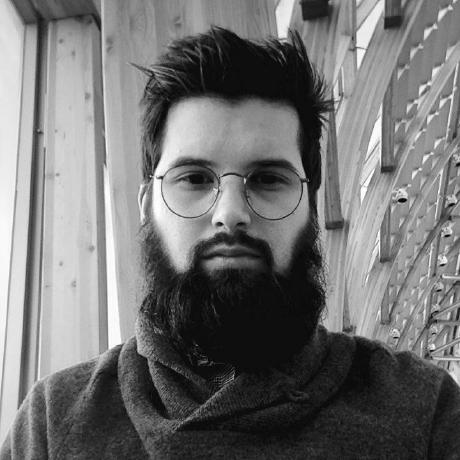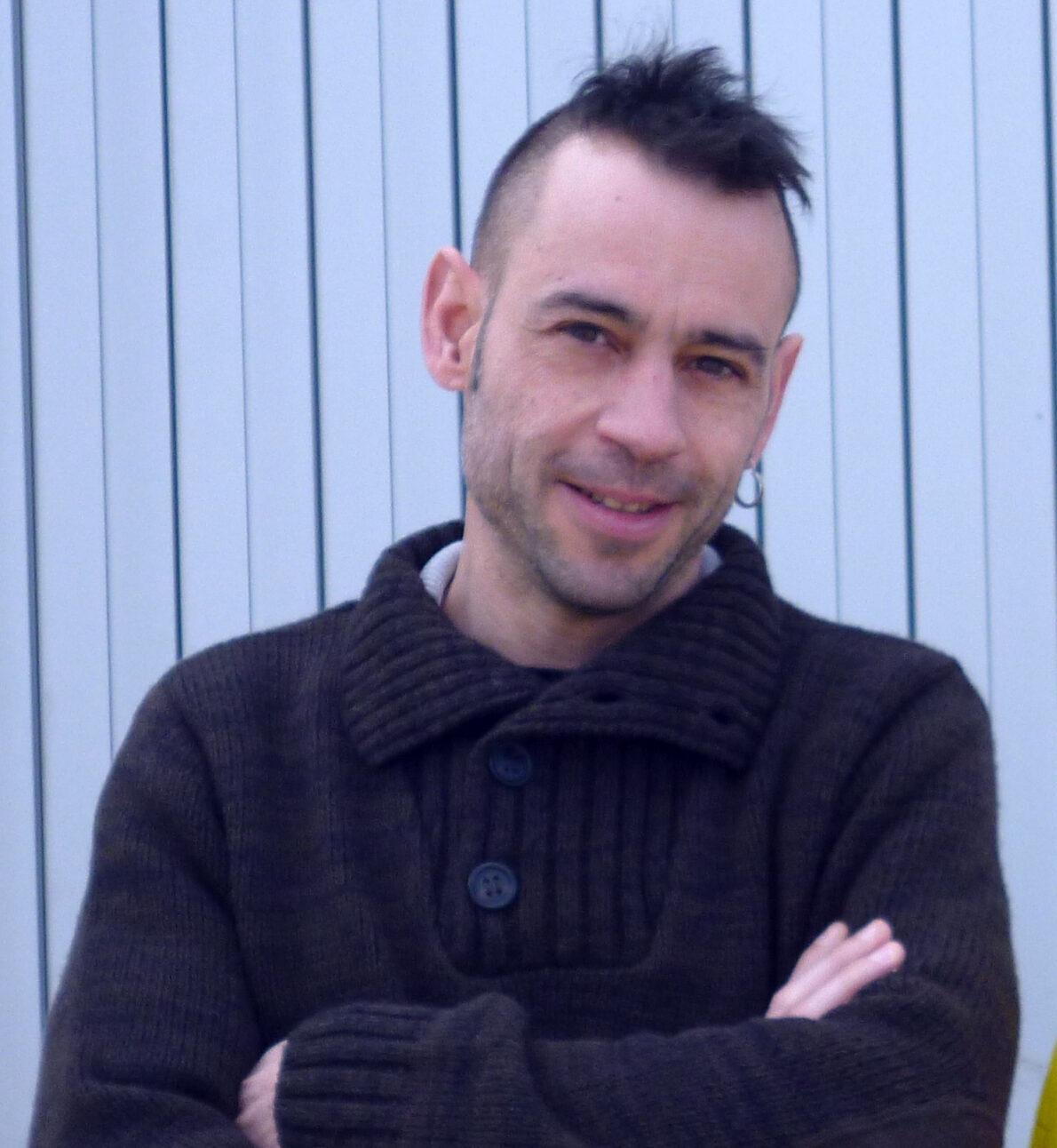In this interview that Roch Delannay granted to Culture Media Lab, he presents the research he is conducting as part of his thesis but also the particularity of the link between the two laboratories that supervise it, the Dicen-IDF in France and the CRCDT in Canada.
Can you introduce yourself and your research work?
My name is Roch Delannay, and I am beginning my second year as a Ph.D student in Information and Communication Sciences and Literature with a focus on digital humanities.
My research, which is named “The construction of the researcher’s intimacy through the institutional practices of scholarly writing”, is carried out in the framework of a co-supervision between the University of Paris Nanterre in France, under the direction of Marta Severo, and the University of Montreal in Canada, under the direction of Marcello Vitali-Rosati and Emmanuel Château-Dutier. This double affiliation allows us to use different disciplines and methods — literature oriented digital humanities and information and communication sciences — which, when put in dialogue, bring out new perspectives and approaches to the problematic that animates this research. The inscription of this research at the Chaire de recherche du Canada sur les écritures numériques is the opportunity to join a current of thought relative to the materiality of writing, a current at the heart of the research conducted in this laboratory. By focusing on the scholarly figure and on the intimacy of the latter, we wish to complement some previous studies that were oriented on larger structures, such as scientific journals, for example with the journal Sens Public (see the research project Revue 2.0). This question of the intimate and the sensitive crosses the processes of writing since Antiquity and yet, since the 19th century, it is considered as an inaccessible resisting to the work of objectivation of science. Nevertheless, the evolution of the writing gesture in the digital space, due to the intrinsic properties of the latter, allows us to question this opposition between scientific work and intimacy. A very broad problematic emerges: Could we, from the different currents of media studies and from the study of editorialization processes, measure the relationship between the researcher’s intimacy and the different forms of his writings?
The supported hypothesis is that of an intimacy produced by scholarly writing. It would be a question of demonstrating that the researcher’s intimacy, as a social and institutional figure that exists through his writings, is not pre-existing to writing but that it emerges in the course of the inscription of signs and traces in the material: intimacy would be in constant construction without ever knowing a totally defined form. However, there is not only one type of scientific writing, to quote only a few examples: articles, monographs, research notebooks, grant applications, communications. Does the researcher’s intimacy evolve according to the forms of writing, and how?
Which ones have the greatest impact on their thinking and reflection? In order to answer these questions, once a state of the art between institutional anthropology and media theory has been carried out, we will deploy a series of methods specific to the information and communication sciences in order to collect empirical data from researchers and institutions related to the humanities and social sciences.
What is the Chaire de recherche du Canada sur les Écritures numériques?
The Canada Research Chair on Digital Textualities (CRCDT) is held by Marcello Vitali-Rosati since 2015. It is animated by a group of people, researchers, doctoral students, masters, developers, graphic designers, editors, interns, etc., who gravitate around several collective or personal research projects. Finally, it is a common space where we develop a synergy related to the mutual enrichment of our reflections and the knowledge we can bring to our research fields. The CRCDT is interested in all forms of writing that shape our world today. We live in a world where writing plays an increasingly central role: everything is made of writing. Our identities are writing – our social network profiles, all of our digital accounts (from email, to banking, to administrative accounts for public services), the results of a search for our name in a search engine -, our online actions are writing – from clicking to buying a book or planning a trip -, the objects that surround us are made of writing. By devoting itself to deciphering these digital writings, the CRCDT proposes a new reading and understanding of our world. This reading adopts a theoretical, editorial and technical approach by combining a philosophical analysis of the implications of the digital fact with experiments on new forms of publishing and the development of new tools and new digital environments.
What is at stake in the research that is being conducted?
The main challenge of the first years of research was to develop a global theoretical framework to analyze these disparate forms of writing. The scientific community approached different subjects related to the digital space with varied and heterogeneous methodological tools, but few approaches proposed a global view of the digital fact considered mainly as a writing space.
The main contribution of the CRCDT during these first years was precisely to provide the international scientific community with a general theory: the theory of editorialization. This notion – on which Marcello Vitali-Rosati has been working for several years – was already used by many researchers in disciplines such as communication and information sciences, but its meaning was still unclear, and lacked a systematic work to define it and especially to make it the basis of a general theory. With several important publications, fruits of the research carried out during these years, the CRCDT holder was able to present to the international scientific community a stable definition and a general theory of editorialization. Thanks to this work, the concept of editorialization has become a fundamental theoretical tool for the international scientific community.
Concretely, the theory of editorialization allows us to think of all forms of digital writing – from texts written on a literary blog, to messages on social networks, to code, algorithms or even entries in databases – as the material of which digital space is made up. Rather than thinking of digital writing as a particular form of writing on a digital medium, editorialization thinks of it as a set of architectural structures, modeling a space. Digital writing gives us the possibility to cross a city with the help of a geolocalized mapping application, it allows us to organize our day thanks to a calendar, it allows us to plan our travels, our expenses, to have social relationships: we can thus affirm that it organizes and structures from now on the whole of our lives.
It is possible to take into account all the actions of online content production by understanding them as functions of structuring reality. In this sense, editorialization is defined as a set of collective and individual actions, which take place in an online digital environment, and which aim to structure our way of understanding, organizing and interpreting the world. These actions are shaped by the digital environments in which they take place: editorialization takes into account not only what users do, but also how their actions are determined and oriented by a particular environment. Editorialization then comes to designate the set of dynamics – that is, the interactions of individual and collective actions with a particular digital environment – that produce and structure the space in which we live. In other words, we do not editorialize contents or information about the world, we editorialize the world itself.
How was the partnership with Dicen-IDF created and developed?
The partnership between Dicen-IDF and the CRCDT precedes the establishment of my joint supervision and also precedes the CRCDT by a few years. It is not so much the institutional structures that are important, but the relationships forged between researchers. The genesis of this story goes back to 2008 and the development of the annual seminar on editorialization. This seminar was initially organized by Marcello Vitali-Rosati and Gérard Wormser at the INHA in Paris. Later, the team grew and included Louise Merzeau, a professor at Dicen, and Nicolas Sauret, then a research engineer at the Institute for Research and Innovation (IRI).
The reflections led to the conceptualization of editorialization, a term still in its infancy in 2013 due to its polysemic and unstable character; then to Nicolas Sauret’s doctoral thesis under the supervision of Louise (and later Manuel Zacklad at Dicen) and Marcello. When Louise passed away in 2017, Marta continued her work on behalf of Dicen-IDF and maintained the link between the two institutions both from a research and human perspective, notably through Nicolas’ postdoctoral work on the FabPart Lab project at Dicen-IDF. Today, the partnership has been further extended from an institutional point of view: Nicolas (Associate Professor, University of Paris 8) continues to collaborate with the CRCDT and with the Dicen-IDF. Other researchers, such as Servanne Monjour (Associate Professor, University of Paris IV) who did a post-doctoral fellowship at the CRCDT from 2016 to 2018, participate after their time at the CRCDT in weaving and strengthening the links between the different institutions.
What are the observable differences between the way researches are being conducted in Canada and in France?
I do not claim to be able to point out the real differences between the research carried out in these two countries: my experience is finally quite limited, at most through the meeting of a few laboratories in France and one or two in Canada, all of this over a very short period of time in relation to the temporality of the research. I do not feel that this experience is representative of how research works on either side of the Atlantic. Beyond the institutional (political and financial) workings, the remarkable point between the two laboratories would be the constitution of the research teams. For Dicen-IDF, the laboratory is a grouping of three institutions (Université Paris Nanterre, Conservatoire National des Arts et Métiers and Université Gustave Eiffel) and counts dozens of researchers among its members, as well as a multitude of specialties and research objects: this openness offers a very wide range of possibilities in information and communication sciences (and more broadly in digital humanities). On the other hand, the CRCDT is a small unit, institutionally supported by a single researcher, which is linked to other research groups such as the Centre de Recherche Interuniversitaire sur les Humanités Numériques (CRIHN). The CRCDT functions thanks to the team of doctoral students and masters who constitute it and where each one works on the laboratory’s research projects, grant applications, scientific and administrative coordination, development management, etc. The functioning of the CRCDT gives keys to understand the backstage of the research and allows to develop the skills associated with it. Finally, different work dynamics are put in place in each of these two spaces.
If we take a slight detour, another remarkable difference concerns the doctoral program itself. On the Quebec side, the doctoral program is generally longer than the one in France, for the simple reason that it includes a relatively dense course of study over the first two years: 45-hour seminars that must be followed and validated (via examinations). When this schooling is completed, the doctoral candidate must pass a mid-doctoral exam to access the precious sesame that is the “writing” status of the thesis. From this point on, the doctoral student can officially begin writing the thesis. There is therefore a slight gap between the two courses, which can be expressed by a shift of an additional year in the doctorate.
The aspects highlighted here are only a very small part of what could define (doctoral) research in France or in Quebec. They are only facets whose purpose is to show the complementarity between these two approaches to research training which, at first glance, seem to be opposed, whereas this is not the case. Doing a PhD in co-supervision in this context seems more beneficial because this format appears to be richer than a single modality (in one or the other university).
Mots-clés
Last news





